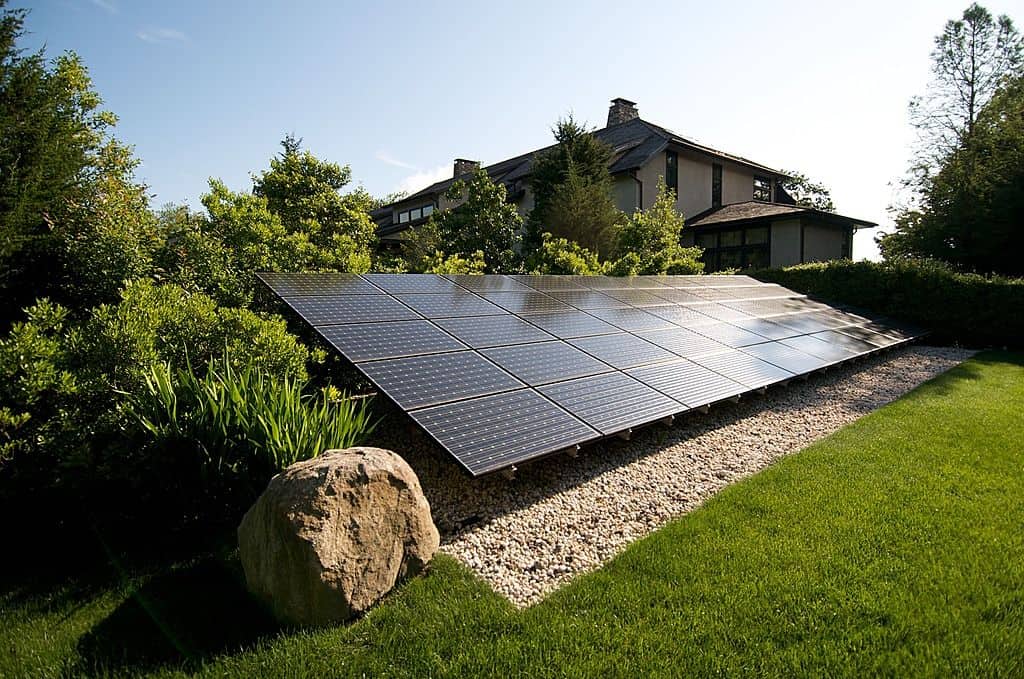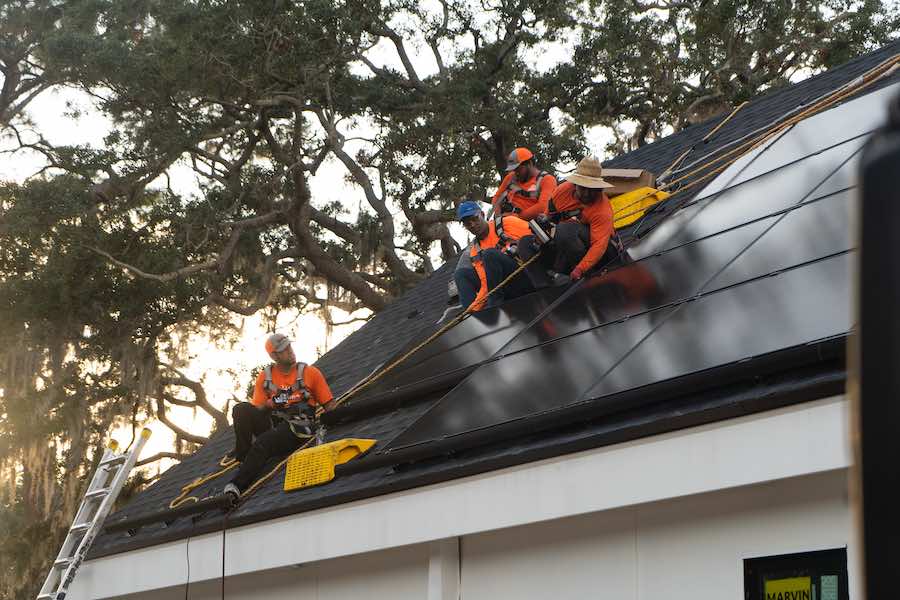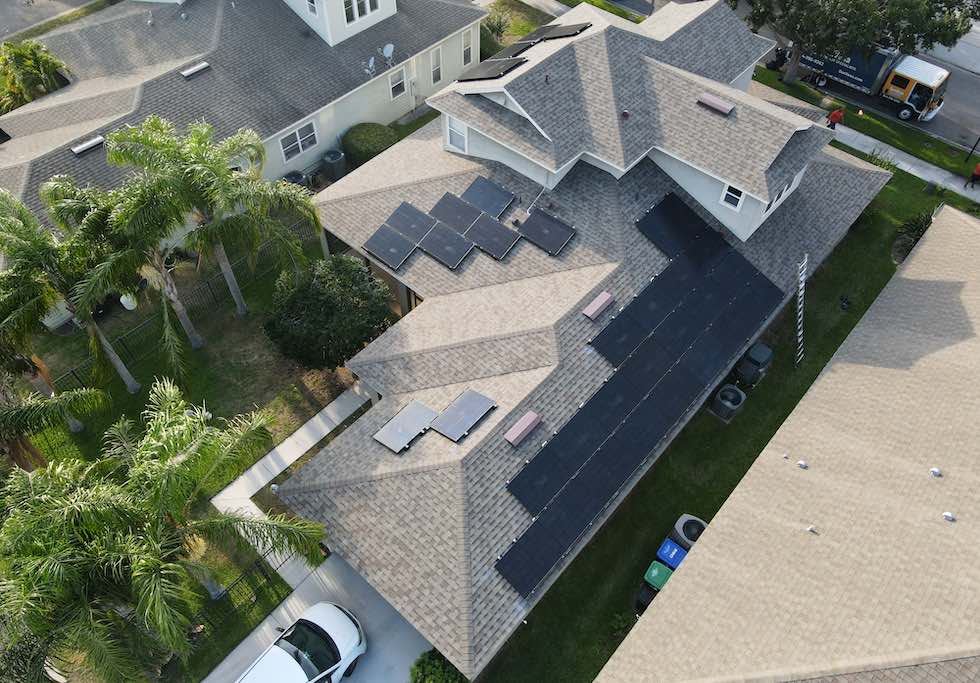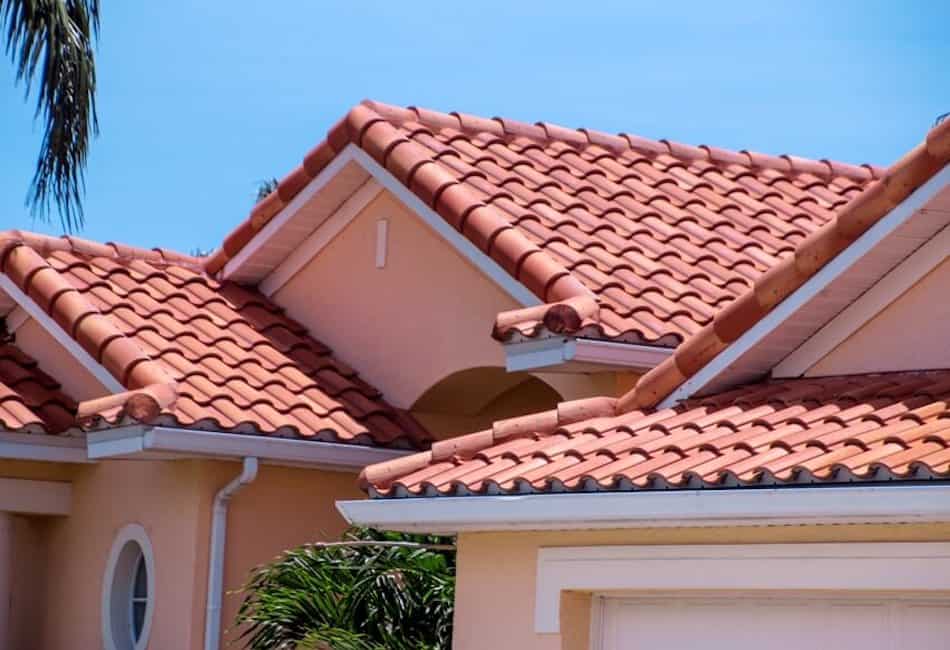
As a homeowner, you may have considered the benefits of solar power but have been limited by your roofs, age, structure, or shading and now feel left in the dark. Luckily, rooftop solar isn’t your only option. Ground-mounted solar panels may be the solution for you! In this article, we’ll go into the reasons why mounting solar panels in your yard may be the perfect fit for your home.
What are Ground-Mounted Solar Panels?
Ground-based solar energy systems, also known as ground-mounted photovoltaic (PV) systems, are a type of solar power system that is installed on the ground rather than on a rooftop. Unlike rooftop solar panels, ground mounted panels are not limited by the size or structure of a building and have the ability to generate more electricity.
Types of Ground-Mounted Panels
Fixed-Mounted
Fixed ground-mounted solar panels can be installed directly in your yard, usually in a flat and level position. They are typically attached to a metal frame that is anchored into the ground to provide stability. The panels are angled to face the sun for optimal energy production but remain in that fixed position and cannot be adjusted. No-frills fixed mount panels like these are the lowest costing ground-mount solar panels. If you are looking for a solution that also provides aesthetic and functional enhancements to your backyard, a solar panel shade structure like a solar pergola or solar panel patio cover may be the fixed mount system for you. While these structures provide the dual functionality of solar power and a shaded shelter for outdoor activities they do come at a cost.
Pole-Mounted
Pole-mounted solar panels, on the other hand, are mounted on a vertical pole or tower that’s anchored into the ground. These types of systems are often used in areas where there is limited space or when the panels need to be raised above obstacles like trees or buildings. The pole can be adjusted to face the sun for optimal energy production. Pole-mounted systems also allow for the flexibility to adjust the angle of the panels, which can be helpful in areas with seasonal changes in the sun’s position.
Pole-mounted panels can also be equipped with single-axis or dual-axis tracking systems, which allow the panels to track the sun and adjust their angles throughout the day to absorb the most sunlight and generate the most electricity. Pole-mounted systems are more compact and flexible, but they’re also more expensive and require more work to install.
Installation Process for Ground-Based Solar Panels
The installation process for ground-based solar panels is relatively simple and can typically be completed within a few days. However, there are a number of factors that can affect the length of the installation process, including the size of the system, the complexity of the installation, and the weather conditions at the time of installation.
Site Assessment
The first step in the installation process is to assess the site where the solar panels will be installed. This includes evaluating the orientation and slope of the site, as well as determining the best location for the panels to receive the maximum amount of sunlight possible.
Planning and Design
Once the site has been assessed, the next step is to plan and design the solar panel system. This includes determining the size and number of panels needed, as well as the placement and orientation of the panels.
Installation
The next step in the installation process is the actual installation of the solar panels. This typically involves digging holes for the panels, installing the panels and wiring, and connecting the panels to the electrical grid.
Testing & Commissioning
After the installation is complete, the final step is to test and commission the solar panel system. This involves checking the panels for proper operation and making any necessary adjustments to ensure that the system is functioning optimally.
Maintenance
Ground-mounted photovoltaic panels solar panels are relatively low maintenance and require only occasional cleaning and monitoring. However, it is important to ensure that the panels are functioning correctly and that any necessary repairs or maintenance are performed in a timely manner.
Cleaning
Ground-mount solar systems should be cleaned regularly to ensure that they are functioning at peak efficiency. This typically involves using a soft cloth and water to gently clean the panels, although some manufacturers may recommend using specialized cleaning solutions.
Repairs and Maintenance
If any issues are detected with your ground-mounted solar, it is important to have them repaired or maintained as soon as possible. This can involve replacing damaged panels, repairing broken wiring, or performing other necessary maintenance tasks. Regular monitoring and maintenance of your solar panel system will help ensure that it continues to function efficiently for many years to come.



